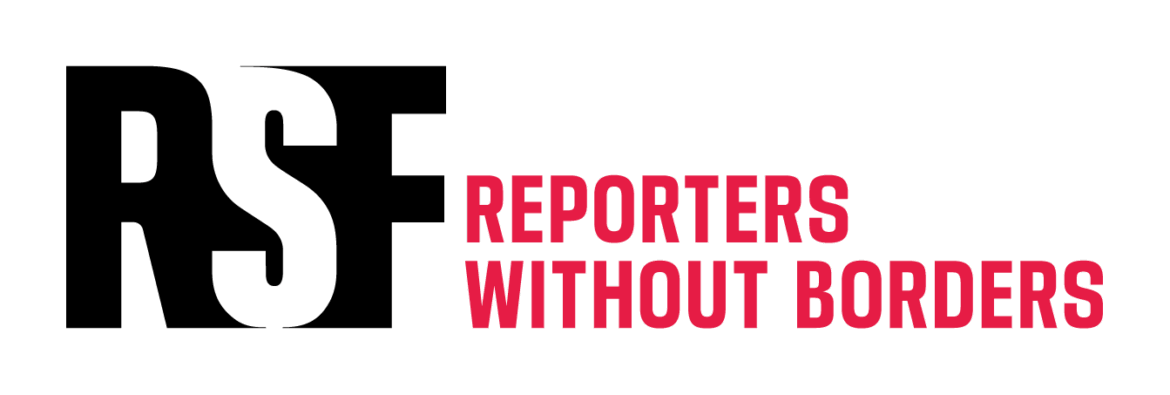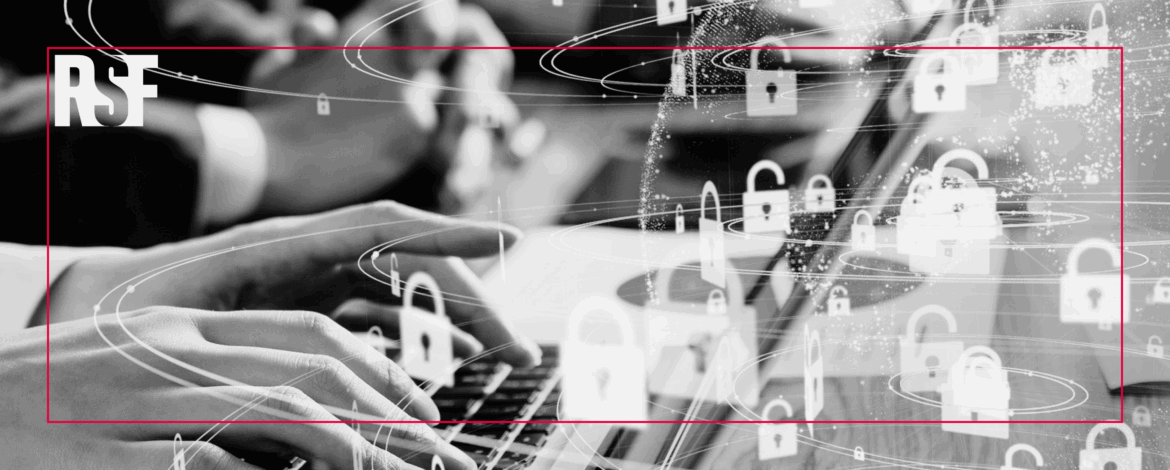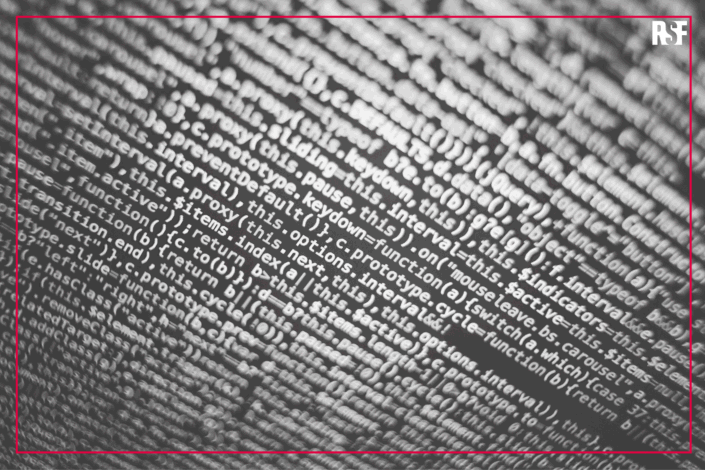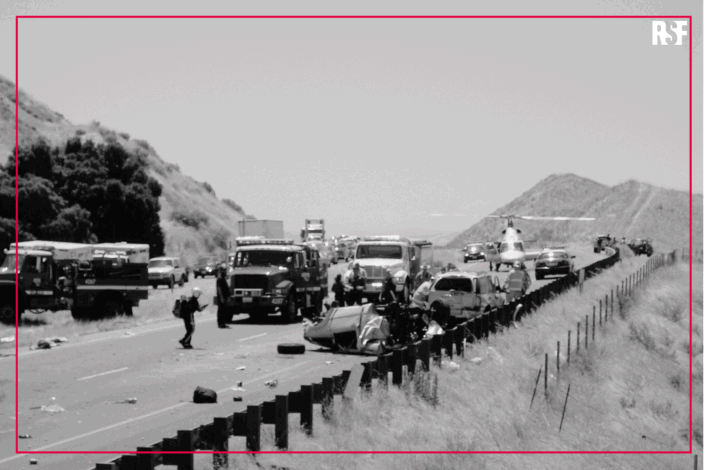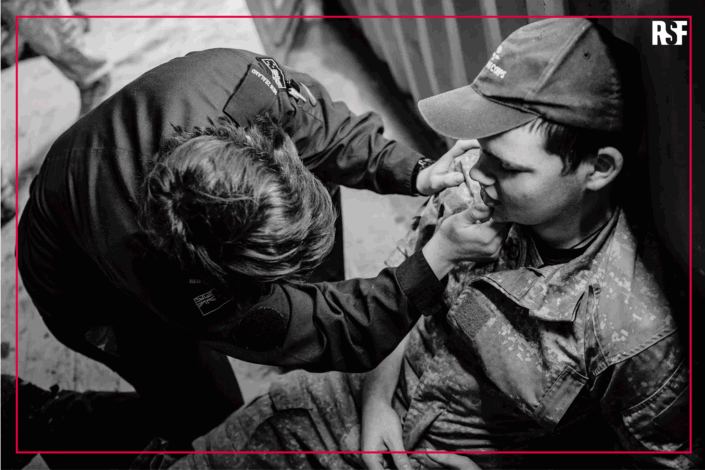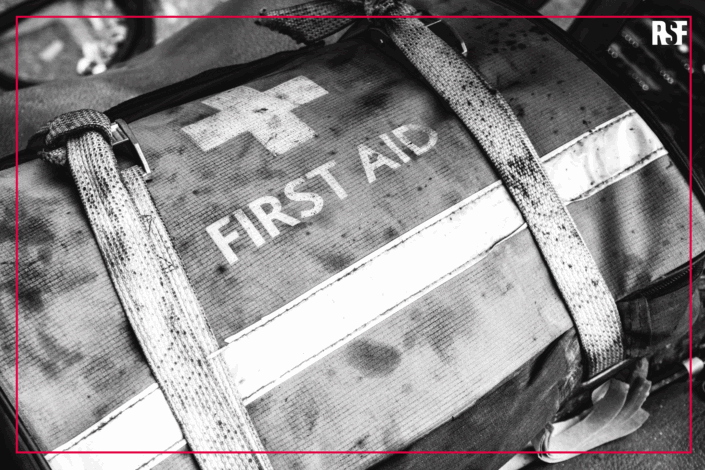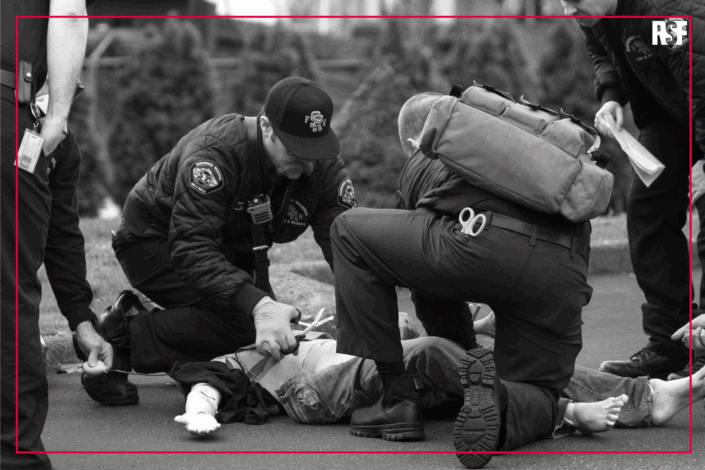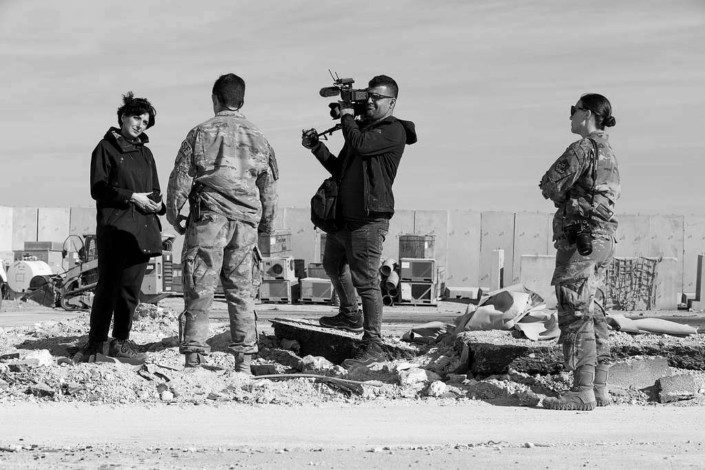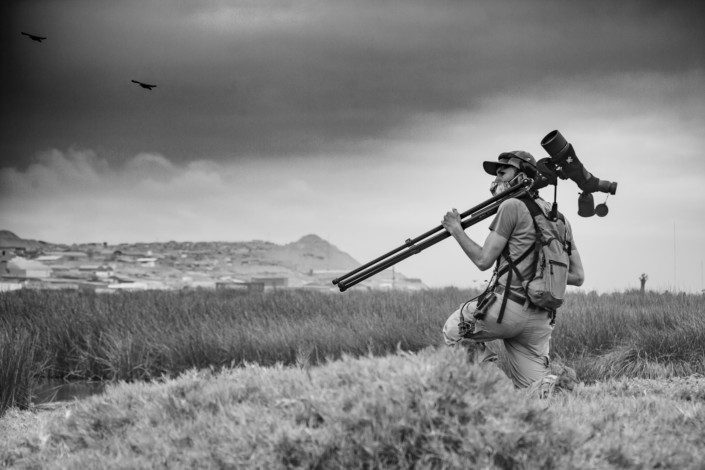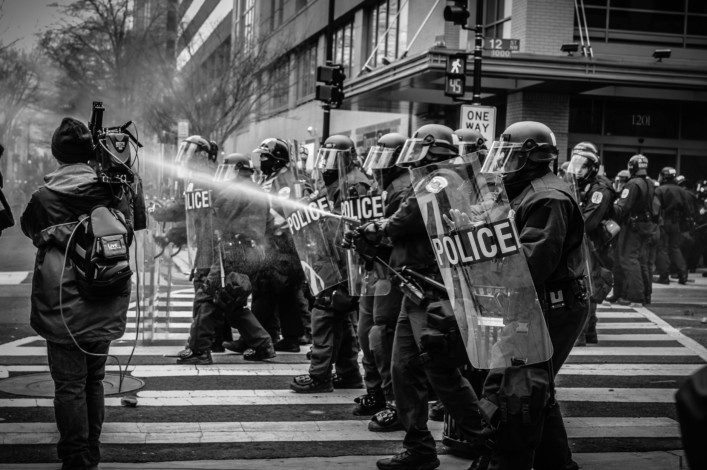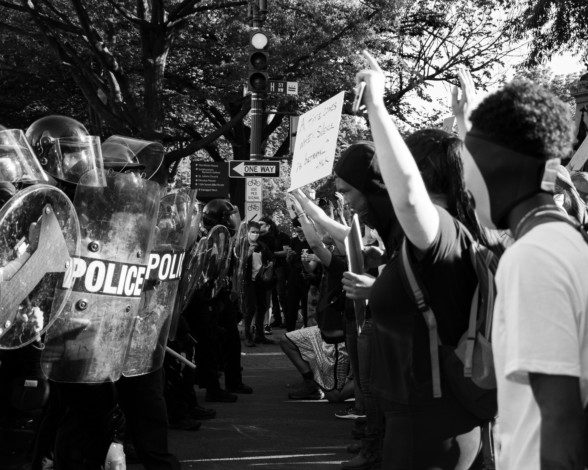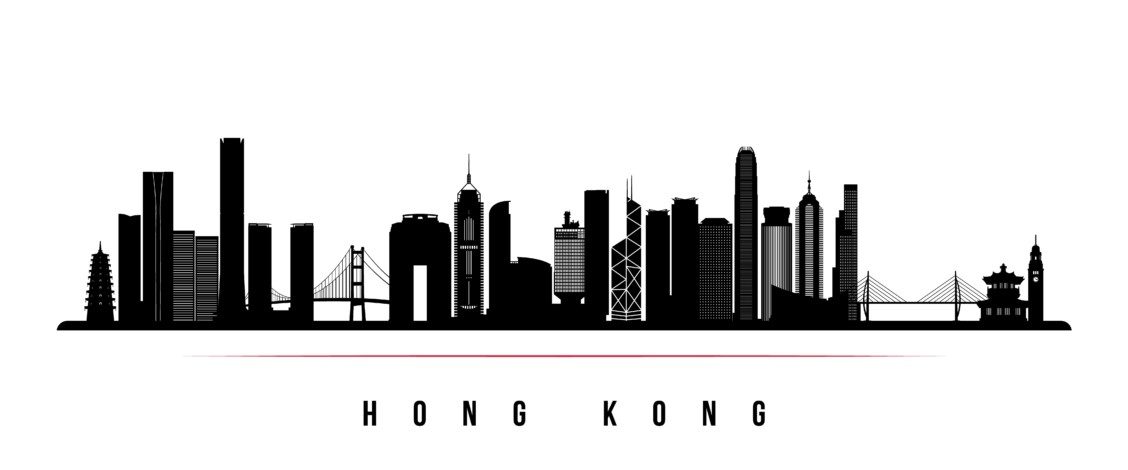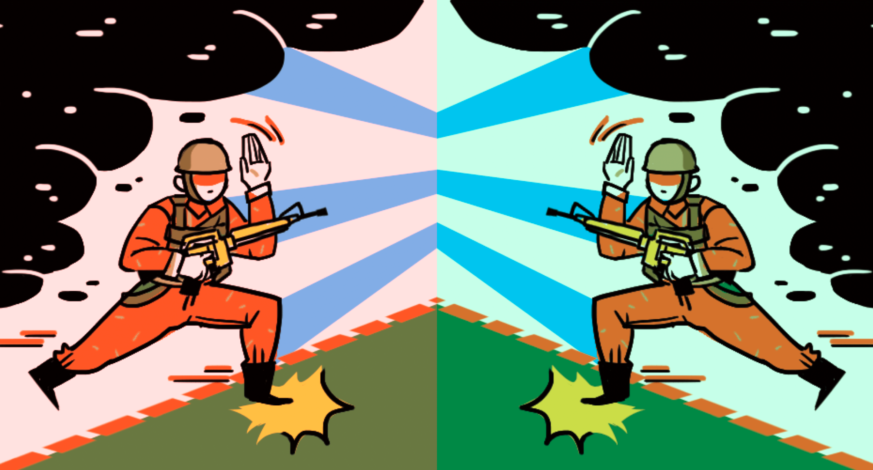“Hostile Environment Awareness Training (HEAT) for journalists” is a ten-part series developed by Reporters Without Borders (RSF), Silk Road Training and a local partner. This last article provides a step-by-step digital security protocol for journalists to follow before, during, and after a reporting trip. Hostile Environment Awareness Training (HEAT) is […]
Physical safety
HEAT for journalists (Part 10):
HEAT for journalists (Part 9):
Let’s not forget digital security
“Hostile Environment Awareness Training (HEAT) for journalists” is a ten-part series developed by Reporters Without Borders (RSF), Silk Road Training and a local partner. This ninth article outlines common digital threats facing journalists and explains how basic practices can reduce exposure. Hostile Environment Awareness Training (HEAT) is a comprehensive safety […]
HEAT for journalists (Part 8):
Vehicle safety and road traffic collisions
“Hostile Environment Awareness Training (HEAT) for journalists” is a ten-part series developed by Reporters Without Borders (RSF), Silk Road Training and a local partner. This eighth article outlines how to stay safe during vehicle travel and respond effectively to road traffic collisions (RTCs). Hostile Environment Awareness Training (HEAT) is a […]
HEAT for journalists (Part 7):
First Aid – Monitoring casualties and secondary assessments
“Hostile Environment Awareness Training (HEAT) for journalists” is a ten-part series developed by Reporters Without Borders (RSF), Silk Road Training and a local partner. This seventh article outlines how to perform first aid secondary assessments, manage hidden injuries, monitor a patient’s condition, and report clearly to emergency responders. Hostile Environment […]
HEAT for journalists (Part 6):
First Aid – Airway management and resuscitation
“Hostile Environment Awareness Training (HEAT) for journalists” is a ten-part series developed by Reporters Without Borders (RSF), Silk Road Training and a local partner. This sixth article outlines how to manage airway emergencies, respond to choking, treat chest injuries, and perform resuscitation in hostile environments. Hostile Environment Awareness Training (HEAT) […]
HEAT for journalists (Part 5):
First Aid – Assessing casualties, managing catastrophic bleedings
“Hostile Environment Awareness Training (HEAT) for journalists” is a ten-part series developed by Reporters Without Borders (RSF), Silk Road Training and a local partner. This fifth article outlines how to assess casualties and manage catastrophic bleeding in high-risk environments. Hostile Environment Awareness Training (HEAT) is a comprehensive safety training course […]
HEAT for journalists (Part 4):
Responding to conflict threats in the field
“Hostile Environment Awareness Training (HEAT) for journalists” is a ten-part series developed by Reporters Without Borders (RSF), Silk Road Training and a local partner. This fourth article outlines how journalists can respond to live threats in conflict zones, including gunfire, explosions, landmines, and the complexities of embedding with armed forces. […]
HEAT for journalists (Part 3):
Planning ahead in conflict zones
“Hostile Environment Awareness Training (HEAT) for journalists” is a ten-part series developed by Reporters Without Borders (RSF), Silk Road Training and a local partner. This third article outlines how journalists can plan, prepare, and gear up effectively before entering high-risk conflict environments. Hostile Environment Awareness Training (HEAT) is a comprehensive […]
HEAT for journalists (Part 2):
Techniques to stay safe while covering civil unrest
“Hostile Environment Awareness Training (HEAT) for journalists” is a ten-part series developed by Reporters Without Borders (RSF), Silk Road Training and a local partner. This second article offers practical strategies for navigating protests or unrest safely, reading the mood of the crowd, handling interactions with security forces, and exiting volatile […]
HEAT for journalists (Part 1):
Preparing for civil unrest
“Hostile Environment Awareness Training (HEAT) for journalists” is a ten-part series developed by Reporters Without Borders (RSF), Silk Road Training and a local partner. This first article outlines how to prepare for situations of civil unrest by building practical plans, developing personal safety habits, and reading early warning signs of […]
RSF Safety Guide’s appendix update:
The new risks of reporting in Hong Kong
An updated version of the Hong Kong appendix to Reporters Without Borders (RSF) Safety Guide, recently published on this site, takes stock of the new challenges threatening journalists reporting on the territory. In 2022, Reporters Without Borders (RSF) published an appendix dedicated to reporting in Hong Kong as a complement […]
How to react if a military attack occurs
Learning how to cope with war scenarios is crucial for journalists working in zones of potential conflict. In this article, Reporters Without Borders (RSF) in partnership with Taiwanese NGO Watchout provides some guidelines for journalists facing a military attack. In many countries, people have lived under the threat of a […]
